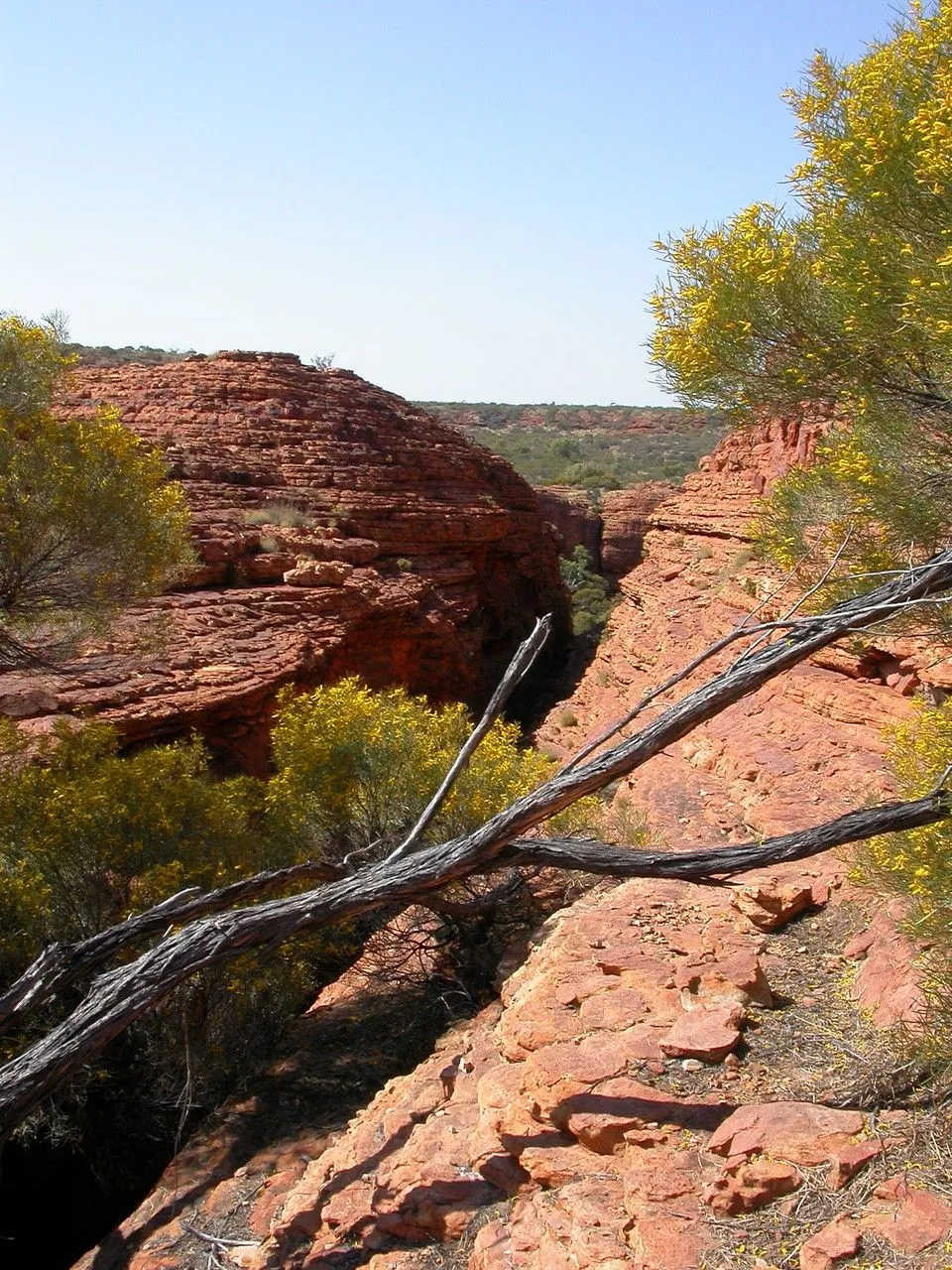
Author: A.Cunn. ex Benth.
Bibliography: London J. Bot. 1: 362 (1842)
Year: 1842
Status: accepted
Rank: species
Genus: Acacia
Vegetable: False
Observations: Australia
Acacia, scientifically named Acacia ligulata, is a notable species within the family Fabaceae, native to Australia. First documented in the “London Journal of Botany” in 1842 by A.Cunn. ex Benth., Acacia ligulata has since garnered attention for both its botanical and ecological importance.
This resilient plant typically thrives in arid and semi-arid regions, showcasing its adaptability to various environmental conditions. The species can be observed predominantly throughout the Australian landscape, contributing significantly to the native flora. Known for its hardy nature, Acacia ligulata is often found in sandy soils and open woodlands, where it plays a pivotal role in the local ecosystem.
Acacia ligulata is characterized by its multi-stemmed shrub form, which can sometimes grow into a small tree. It possesses phyllodes—modified leaf stems that are common in many acacias— which are typically narrow and elongated, adapting well to dry climates by minimizing water loss. The plant’s bright yellow flowers, which bloom in clusters, not only add a splash of color to the typically muted Australian bush but also serve as an essential source of nectar and pollen for various insects and birds.
The seeds of Acacia ligulata are encased in hard pods and are known for their durability, often requiring specific conditions to germinate. This hardiness ensures the plant’s longevity and spread across its native habitat. Moreover, Acacias, including Acacia ligulata, have long been used by indigenous Australians for various purposes, ranging from tools and weapons to food and medicine, underlining their deep cultural and practical significance.
In addition to its ecological and cultural roles, Acacia ligulata also contributes to land stabilization through its robust root system, which helps prevent soil erosion. This feature makes it an important species for conservation efforts in areas where soil degradation is a concern.
Through its diverse applications and the vibrant presence it brings to the arid landscapes, Acacia ligulata stands as a testament to the rich botanical tapestry of Australia, illustrating the innovative adaptations plants can develop to thrive in challenging environments.
Eng: acacia, dune wattle, little cooba, sandhill acacia, sandhill wattle, small cooba, umbrella wattle, umbrella-bush
En: Acacia, Dune wattle, Little cooba, Sandhill acacia, Sandhill wattle, Small cooba, Umbrella wattle, Umbrella-bush
Ar: سنط خيمي
Zh: 沙丘相思
Zh-tw: 沙丘相思
Taken Aug 4, 2011 by Daniel Barthelemy (cc-by-sa)
Taken Aug 6, 2011 by Daniel Barthelemy (cc-by-sa)
Taken Aug 4, 2011 by Daniel Barthelemy (cc-by-sa)
Taken Aug 14, 2022 by Nickisht (cc-by-sa)
Taken Aug 4, 2011 by Daniel Barthelemy (cc-by-sa)
Taken Aug 4, 2011 by Daniel Barthelemy (cc-by-sa)
Taken Aug 4, 2011 by Daniel Barthelemy (cc-by-sa)
Taken Aug 4, 2011 by Daniel Barthelemy (cc-by-sa)
Taken Aug 4, 2011 by Daniel Barthelemy (cc-by-sa)
Taken May 19, 2020 by dragojardines (cc-by-sa)
Taken Aug 14, 2022 by Nickisht (cc-by-sa)
Taken Aug 14, 2022 by Nickisht (cc-by-sa)
Taken Aug 14, 2022 by Nickisht (cc-by-sa)
Taken Aug 14, 2022 by Nickisht (cc-by-sa)
© copyright of the Board of Trustees of the Royal Botanic Gardens, Kew.
© copyright of the Board of Trustees of the Royal Botanic Gardens, Kew.
Family: Myrtaceae Author: (F.Muell.) K.D.Hill & L.A.S.Johnson Bibliography: Telopea 6: 402 (1995) Year: 1995 Status:…
Family: Rubiaceae Author: Pierre ex A.Froehner Bibliography: Notizbl. Bot. Gart. Berlin-Dahlem 1: 237 (1897) Year:…
Family: Sapindaceae Author: Koidz. Bibliography: J. Coll. Sci. Imp. Univ. Tokyo 32(1): 38 (1911) Year:…
Family: Asteraceae Author: A.Gray Bibliography: Pacif. Railr. Rep.: 107 (1857) Year: 1857 Status: accepted Rank:…
Family: Fabaceae Author: Medik. Bibliography: Vorles. Churpfälz. Phys.-Ökon. Ges. 2: 398 (1787) Year: 1787 Status:…
Family: Aspleniaceae Author: (Cav.) Alston Bibliography: Bull. Misc. Inform. Kew 1932: 309 (1932) Year: 1932…